Lipotherapy
What is the Intralipotherapy?
Using intralipotherapy, the solution is released evenly, directly into the fat layer, gradually reducing its size. The treatment can be repeated after a suitable period of time.
The solution is slow acting and the gradual action needs time to achieve the treatment aim. The fat cells in the layer treated with sodium deoxycholate will undergo lysis and then a process of degradation and disposal through the lymphatic system.
Lipotherapy uses:
Localised fat deposits are subcutaneous adipose tissue accumulations in specific anatomical areas that alter body silhouette. They are unsightly and unresponsive to the normal signals to activate the metabolism (low-calorie diet, physical exercise). They can be successfully treated with intralipotherapy.
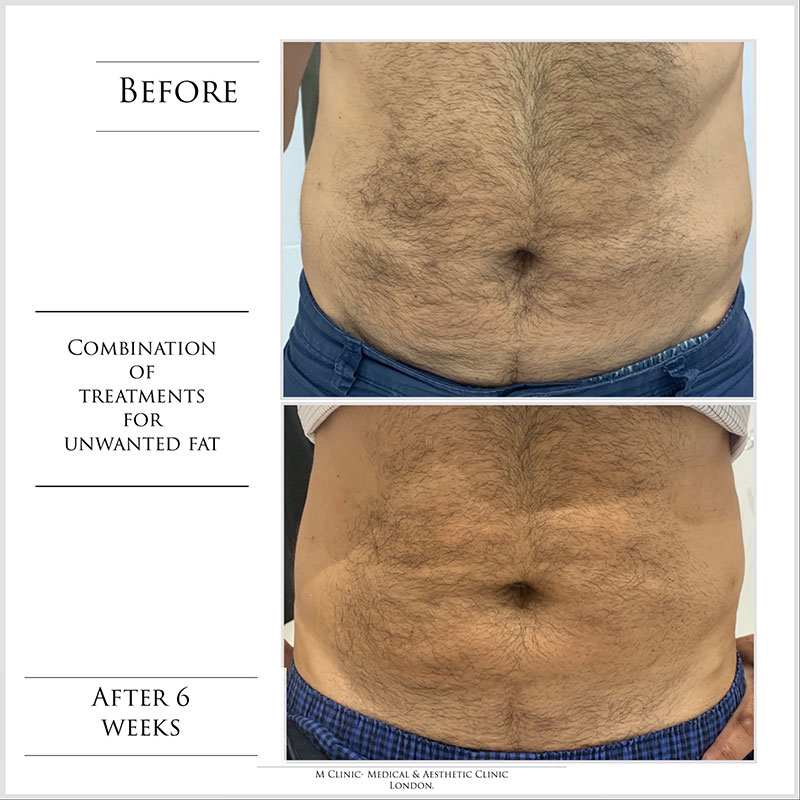
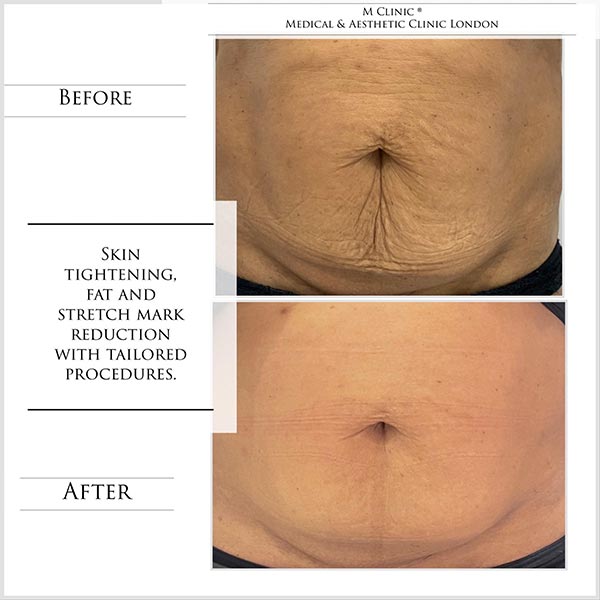
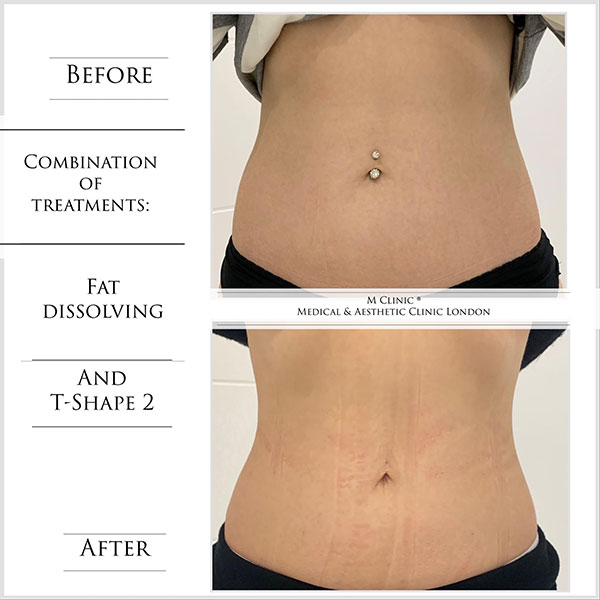
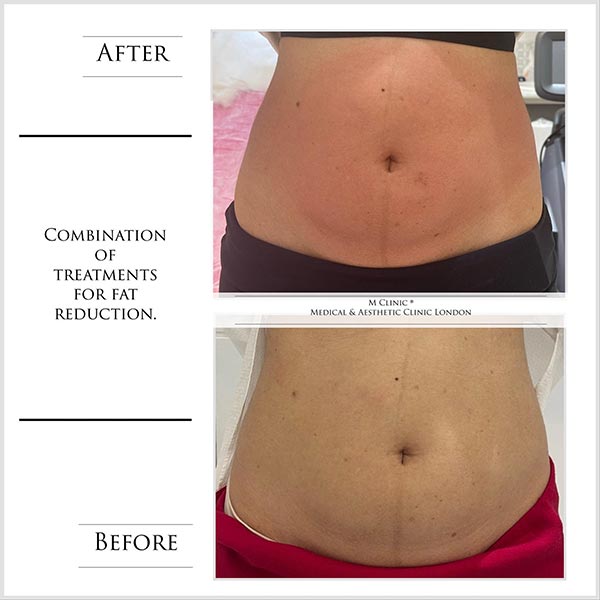
How the intralipotherapy procedure is performed?
What can I feel during the lipotherapy procedure?
It is possible to feel mild to moderate pain during treatment, although this is easily tolerated or ignored. The treatment is followed by slight pain, redness, swelling and bruising. These problems are very frequent, transitory and should be considered a normal consequence of the treatment. If the patient notes anomalous symptoms during the period after treatment, meaning anything not described by the qualified Doctor, they must contact him or her without delay.
What is the intralipotherapy post-treatment and downtime?
Oedema, bruising, and pain in the treated area are extremely frequent (more than 50% of cases) but generally do not limit a normal social life or physical activity.
Containment means (sleeves, girdles, etc), lymph drainage or compression garment are strongly recommended for the days after treatment.
It is in any case important to follow the instructions of the Doctor, which will vary according to each case, based on different factors such as the body area treated, the patient’s characteristics and the progress of the post- treatment period.
What are the alternative treatments to intralipotherapy?
What are risks related to the lipotherapy treatment?
- Prolonged pain. This may last for days or even weeks;
- Allergic reactions (<0.002%). are possible and will require systemic treatment;
- Nodules (<0.05%). transitory and only permanent in exceptional circumstances. In case of persistence, they can be treated with dedicated therapy (localised infiltration, gas, excision.)
- Unsatisfactory results (<0.3%). It is possible to be disappointed with the results of treatment. This may be due to partial correction or to the occurrence of flabby skin, asymmetry and irregularity;
- Damage to deep structures (<0.01%). Deep structures such as nerves, vessels, and muscles, can be damaged during the procedure. The damage may be temporary or permanent.
- Discolouring (<0.002%). These are generally temporary and often related to bruising, but in rare cases, they can become permanent.
- It is important to protect the skin against external factors through to the complete healing of the skin (avoid sun, UV lamps, saunas, etc. ).
- Necrosis of the skin (0.0076%). Blisters and bruising are a cause for the patient to be alerted.
- When these occur, it is essential for frequent medication and specific provisions as envisaged in specific treatment protocol.
- Other complications may occur, but these are even rarer. Should complications occur, it may be necessary for additional interventions or other treatments.
Anyone expecting miraculous transformations from aesthetic medicine is destined to be disappointed. Aesthetic medicine involves medical procedures and since medicine is not a precise science, neither is aesthetic medicine. From this, we can deduce that it is not possible to provide a precise prediction of the percentage improvement to the flaw being corrected, the extent or the duration of the result. It is necessary to stress that some factors affect the final result: the healing process, which continues months after treatment and which cannot be completely controlled by the doctor or patient, general health conditions, lifestyle, age, specific skin and subcutaneous tissue characteristics, physical aspects, hereditary aspects and hormonal influence. These elements, together with other factors, influence the variability of the end result. Aesthetic medical treatment, like that by all medical act, inevitably has different consequences, according to type and to the specific case, which must be evaluated before undergoing treatment. As for any type of medical treatment, errors or complications are also possible in aesthetic medicine. Therefore are unforeseeable and undesirable, while the latter are at times unavoidable and must be considered by every patient before treatment. As a result, for the above reasons, although respecting the rules of aesthetic medicine, the treatment may not bring about the hoped for results which cannot therefore be guaranteed or ensured. This applies only in particular cases.
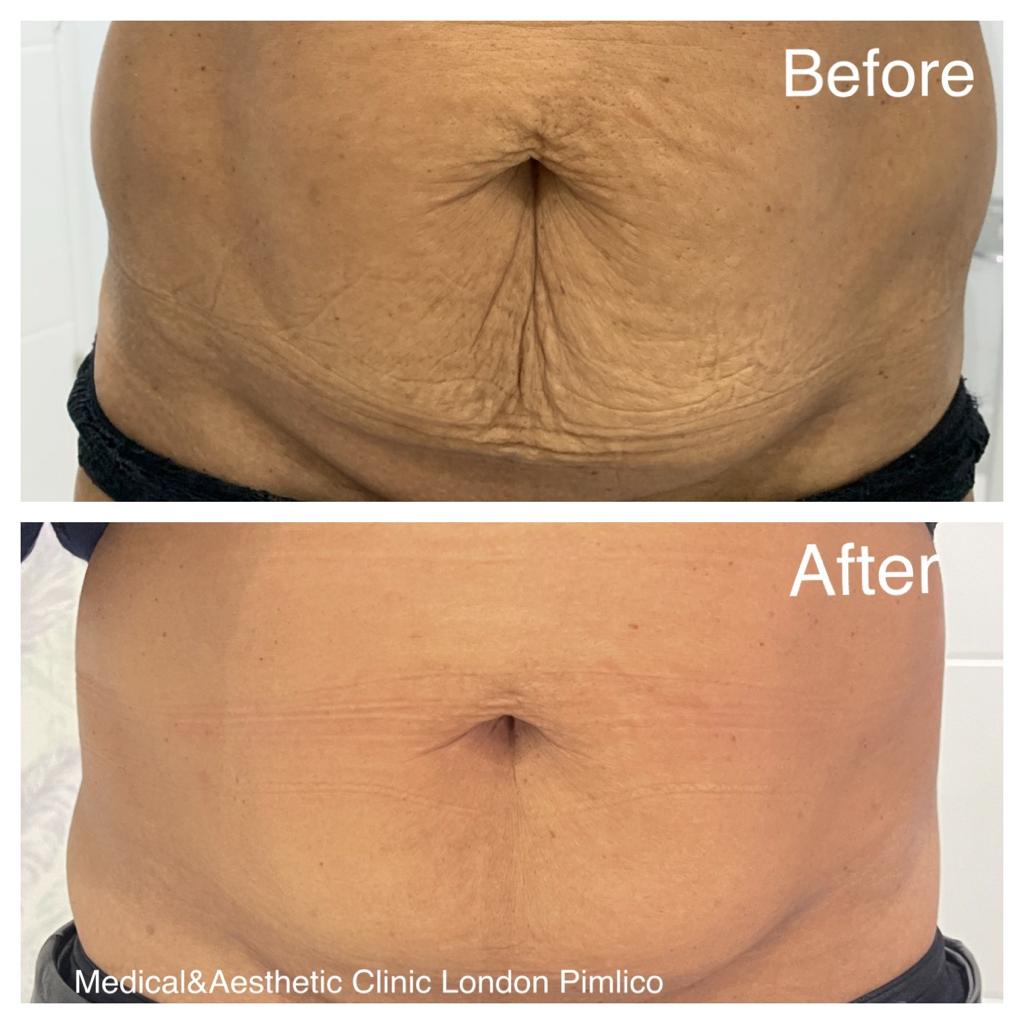
Author:

Dr Margaret Grabicka
General Medicine and Aesthetic Medicine Doctor with expert experience in anti-ageing procedures, dermal fillers, anti-wrinkle injections, i.v infusions, lifting threads and body contouring treatments.
Lipotherapy
When fat dissolving injections can be used?
Localised fat deposits are subcutaneous adipose tissue accumulations in specific anatomical areas that alter body silhouette. They are unsightly and unresponsive to the normal signals to activate the metabolism (low-calorie diet, physical exercise).They can be successfully treated with intralipotherapy.
What is the Intralipotherapy?
Intralipotherapy is a widely used technique in aesthetic medicine. It uses adipocitolytic (fat dissolving) solutions, that are solutions containing natural products that cause fat cell lysis.
Using intralipotherapy, the solution is released evenly, directly into the fat layer, gradually reducing its size. The treatment can be repeated after a suitable period of time.
The solution is slow acting and the gradual action needs time to achieve the treatment aim. The fat cells in the layer treated with sodium deoxycholate will undergo lysis and then a process of degradation and disposal through the lymphatic system.
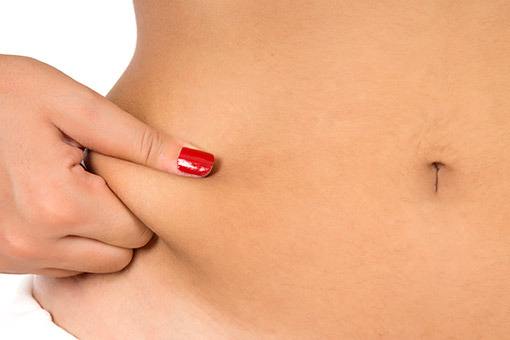
How the intralipotherapy procedure is performed?
Before carrying out the treatment, it is necessary for the patient to undergo careful examination while standing. The treatment includes injection of the substance directly into the fat layer, using a special needle or a cannula.
What can I feel during the procedure?
It is possible to feel mild to moderate pain during treatment, although this is easily tolerated or ignored. The treatment is followed by slight pain, redness, swelling and bruising. These problems are very frequent, transitory and should be considered a normal consequence of the treatment. If the patient notes anomalous symptoms during the period after treatment, meaning anything not described by the qualified Doctor, they must contact him or her without delay.
What is the post treatment and down time?
Oedema, bruising, and pain in the treated area are extremely frequent (more than 50% of cases) but generally do not limit a normal social life or physical activity.
Containment means (sleeves, girdles, etc), lymph drainage or compression garment are strongly recommended for the days after treatment.
It is in any case important to follow the instructions of the Doctor, which will vary according to each case, based on different factors such as the body area treated, the patient’s characteristics and the progress of the post- treatment period.
What are the alternative treatments?
Surgical and other alternatives to intralipotherapy include lipo sculpture, laser lipolisis, cryolipolisis, ultrasound therapy contouring and mesotherapy. Each of these methods has risks and potential complications.
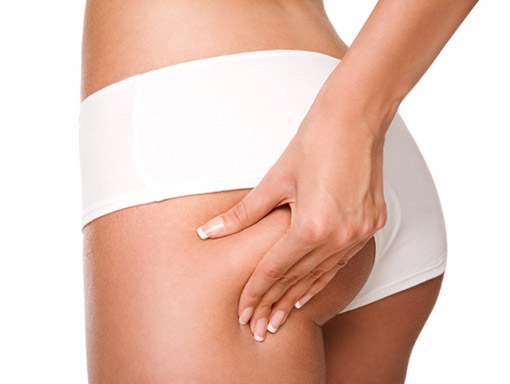
What are risks related to the treatment?
All aesthetic medical treatment involve risks that, although minimal, are important to understand. Although the majority of patients do not develop the complications listed below, it is necessary to be informed of them and if necessary, discuss them with the Doctor.
- Prolonged pain. This may last for days or even weeks;
- Allergic reactions (<0.002%). are possible and will require systemic treatment;
- Nodules (<0.05%). transitory and only permanent in exceptional circumstances. In case of persistence, they can be treated with dedicated therapy (localised infiltration, gas, excision.)
- Unsatisfactory results (<0.3%). It is possible to be disappointed with the results of treatment. This may be due to partial correction or to the occurrence of flabby skin, asymmetry and irregularity;
- Damage to deep structures (<0.01%). Deep structures such as nerves, vessels, and muscles, can be damaged during the procedure. The damage may be temporary or permanent.
- Discolouring (<0.002%). These are generally temporary and often related to bruising, but in rare cases, they can become permanent.
- It is important to protect the skin against external factors through to the complete healing of the skin (avoid sun, UV lamps, saunas, etc. ).
- Necrosis of the skin (0.0076%). Blisters and bruising are a cause for the patient to be alerted.
- When these occur, it is essential for frequent medication and specific provisions as envisaged in specific treatment protocol.
- Other complications may occur, but these are even rarer. Should complications occur, it may be necessary for additional interventions or other treatments.
Anyone expecting miraculous transformations from aesthetic medicine is destined to be disappointed. Aesthetic medicine involves medical procedures and since medicine is not a precise science, neither is aesthetic medicine. From this we can deduce that it is not possible to provide a precise prediction of the percentage improvement to the flaw being corrected, the extent or the duration of the result. It is necessary to stress that some factors affect the final result: the healing process, which continues months after treatment and which cannot be completely controlled by the doctor or patient, general health conditions, lifestyle, age, specific skin and subcutaneous tissue characteristics, physical aspects, hereditary aspects and hormonal influence. These elements, together with other factors, influence the variability of the end result. Aesthetic medical treatment, like that by all medical act, inevitably has different consequences, according to type and to the specific case, which must be evaluated before undergoing treatment. As for any type of medical treatment, errors or complications are also possible in aesthetic medicine. Therefore are unforeseeable and undesirable, while the latter are at times unavoidable and must be considered by every patient before treatment. As a result, for the above reasons, although respecting the rules of aesthetic medicine, the treatment may not bring about the hoped for results which cannot therefore be guaranteed or ensured. This applies only in particular cases.
